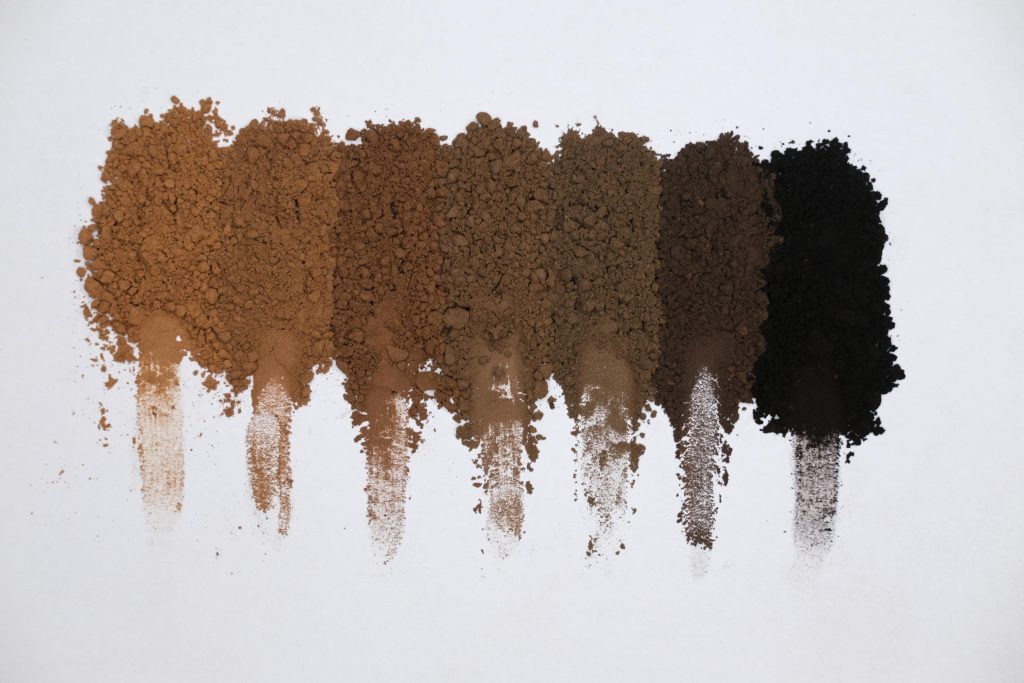Cocoa powder is a crucial ingredient in many culinary applications, from baking to beverage making, and selecting the right type can significantly impact the quality of your final product. With various options available, understanding what to look for when choosing cocoa powder is essential. Here are the key factors to consider:
1. Natural vs. Dutch-Processed Cocoa Powder
One of the first decisions to make when choosing cocoa powder is whether to opt for natural or Dutch-processed (alkalized) cocoa.
- Natural Cocoa Powder: This type is lighter in color, with a strong, acidic flavor. It’s often used in recipes that call for baking soda, as the acidity helps activate the leavening agent.
- Dutch-Processed Cocoa Powder: This cocoa powder has treated with an alkalizing agent to reduce its acidity, resulting in a darker color and milder flavor. It’s ideal for recipes that use baking powder or for those who prefer a smoother, less bitter chocolate taste.
2. Flavor Profile
The flavor of cocoa powder can vary significantly depending on the type of beans used, the processing method, and the region where the beans were grown. High-quality cocoa powder should have a rich, complex flavor, free of off-notes. When selecting cocoa powder, consider the specific flavor profile that best suits your needs—whether it’s deep and bitter for dark chocolate desserts or milder for lighter, more delicate recipes.
3. Fat Content
The fat content of cocoa powder can influence the texture and richness of your final product. Cocoa powder typically comes in two varieties:
- Low-Fat Cocoa Powder: Contains less than 10-12% cocoa butter, making it a lighter option suitable for low-calorie recipes.
- High-Fat Cocoa Powder: Contains 20-24% cocoa butter, offering a richer, creamier texture ideal for indulgent desserts and confections.
Choosing the right fat content depends on the desired texture and richness of your recipe.
4. Color
The color of cocoa powder can range from light brown to deep red or almost black, depending on the type and processing method.
- Light Brown/Red: Typically natural cocoa powder, with a more acidic taste.
- Dark Brown/Black: Usually Dutch-processed, offering a milder flavor and a more intense color, which can enhance the visual appeal of baked goods.
Consider the color of cocoa powder to achieve the desired aesthetic in your recipes.
5. Purity and Ingredients
High-quality cocoa powder should be pure, with no added sugars, preservatives, or artificial flavors. When choosing cocoa powder, check the ingredient list to ensure that it’s 100% cocoa with no unnecessary additives. Pure cocoa powder will provide the most authentic chocolate flavor and is versatile for various culinary uses.
6. Application and Usage
Finally, consider how you plan to use the cocoa powder. Different applications may require different types of cocoa powder:
- Baking: Natural cocoa powder often preferred for recipes that require leavening, while Dutch-processed is ideal for baked goods that don’t rely on acidic reactions.
- Beverages: Dutch-processed cocoa powder commonly used in hot chocolate and other beverages for its smooth flavor and ability to dissolve easily.
- Confectionery: High-fat cocoa powder is often used in making truffles, ganaches, and other rich, creamy confections.
By understanding the specific requirements of your recipe, you can select the cocoa powder that will deliver the best results.
7. The Majestic Cocoa Difference
At Majestic Cocoa, we pride ourselves on offering cocoa powder that meets the highest standards of quality and flavor. Our products are sourced from the finest cocoa beans, processed with care to preserve their natural richness and complexity. Whether you’re a professional chef or a home baker, Majestic Cocoa provides the cocoa powder you need to create exceptional culinary experiences.

